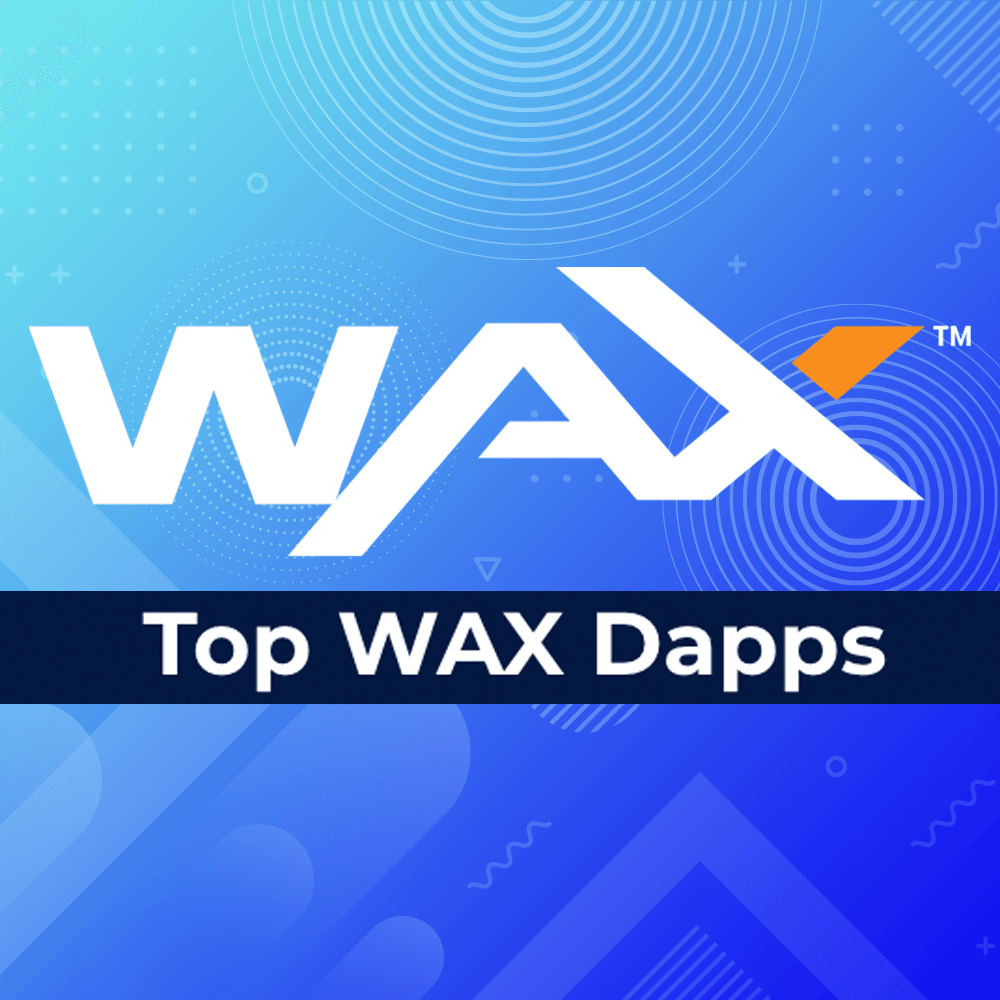I. Introduction
This article explains what a dApp (decentralized Application) is on WAX.
For anyone new to computer programming, this article will give you a deeper understanding of how WAX works ‘under the hood’. You will then learn how to use dApps for your own collections of NFTs, which are one of the most important parts of a blockchain like WAX.
For developers and anyone interested in coding a dApp, this provides a general overview, and the next article in this series will go deeper with a look at the main resources and a step-by-step guide of how to start building a dApp.
II. Context
Software is part of the digital architecture that powers all of our computers and devices.
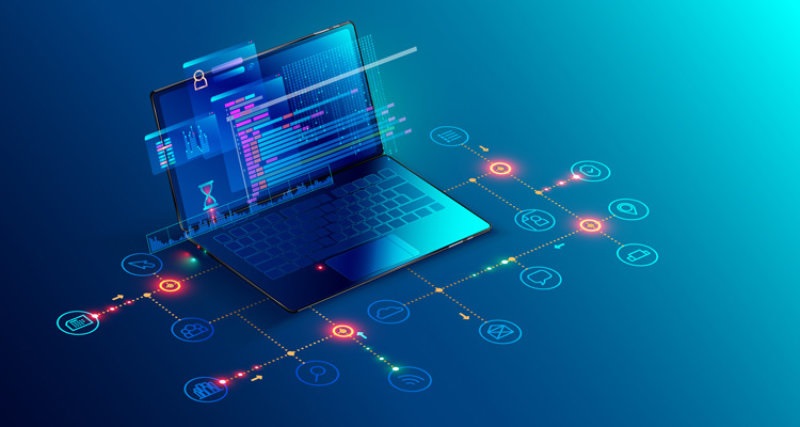
From the early days of ‘zeroes & ones’ (low-level binary ‘machine code’), we rode the wave of powerful object-oriented languages like C++ and Javascript into the Web 2.0 explosion of the late 1990s.
Dumb monitors (a simple screen and a keyboard) attached to a centralized server are now replaced with web-based solutions where storage and web-applications are partially on your device and partially ‘in the cloud’ — in so-called ‘data parks’ with masses of stacked computers.
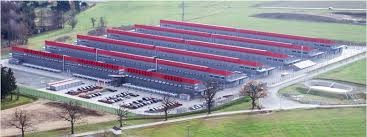
Thanks to blockchain, the old methods of storage and traditional computing models are becoming decentralized – not just in the way we interact with the network, but also in how the applications and code (the brains of the mechanism) operate.
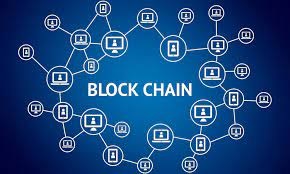
This means we no longer need to download an App or depend on conventional web hosting, as it runs peer-to-peer off the native blockchain. The technology can open a new era in our digital lives, impacting the management of identity, privacy, censorship, and above all the energy efficiency of all our digital interactions.
III. Definitions
Let’s look at the main components of a dApp and find out how the code links up.
- Blockchain – a type of decentralized database shared over a network of computers. It can be private (i.e. on a local network), public (i.e. on the Web), or hybrid.
- dApp – a decentralized Application that exists and runs on a blockchain (or any peer-to-peer (P2P) network of computers). It has a front-end and a back-end.
- Front-end – this part of the dApp handles the standard web HTML frontend which displays information to the users and allows them to interact with the blockchain.
- Back-end – this is the bit of the code that is located on the blockchain which defines the business logic (transactions, conditions, etc.), called ‘smart contracts’.
- Smart contract – ‘computerized transaction protocols that execute terms of a contract’ between a buyer and seller on a blockchain traceably, transparently, and irreversibly.
IV. Useful dApps on WAX
You can browse WAX dApps on various websites, such as Bloks.io. Make sure you filter for the WAX dApps and you will see a number of categories, such as Games, DeFi, Gambling, Exchanges, Collectibles, Marketplaces, Social, Other, and High Risk.
One of the biggest games is a dApp dedicated to the Netflix TV hit Alien Worlds, a fully-featured space fantasy trading and video shoot ‘em up where you can earn TLM tokens.
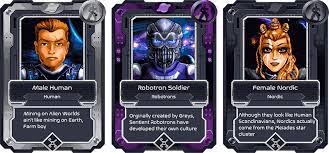
Another dApp leads you to Atomic Assets, where other dApps allow you to mint NFTs or trade them on the Atomic Hub Marketplace.
V. Summary
For now, the WAX ecosystem is geared towards collectibles, NFTs, and video gaming. In the future, we will see more and more of these dApps addressing many other aspects of digital life, which will continue to move software from a centralized to a decentralized model.
The next article will show how you can build your own dApp on WAX!

